How to Get Rid of Clogged Oil Glands on Face
- Paula's Choice
- Acne & breakouts
- What can you do about sebaceous hyperplasia?

What is sebaceous hyperplasia and how do you get rid of it?
Have you had oily or combined skin for years? And as your skin has aged found small, persistent bumps with a whitish rim on your face? Then you may have the skin problem sebaceous hyperplasia. It is very difficult to get rid of, but fortunately not impossible!
What is sebaceous hyperplasia?
Sebaceous hyperplasia is the Latin name for a benign little bump on the skin. These bumps are the result of damage, which leads to overproduction of sebum by the sebaceous gland. The damaged sebaceous glands can become enlarged or blocked. This turns them into bumps that may be soft or hard, with a white or yellow surface. They appear to be somewhat indented in the middle. This indented centre is characteristic of sebaceous hyperplasia. It has nothing to do with mila or an old spot.
You often get multiple bumps or sebaceous spots at the same time. They may be spread out or close together. Sebaceous hyperplasia on the face often occurs on the nose, forehead and in the middle of the face, but sebaceous hyperplasia in the under eye area is not unheard of. The bumps can also appear on other places on the body, especially in areas where there are many sebaceous glands under the skin.
What causes sebaceous hyperplasia?
One of the causes of this skin problem is long-term exposure to the sun. Sunlight damages the skin and the sebaceous glands. It is therefore essential to protect your skin every day with a sunscreen rated SPF 30 or above.
How do you get rid of sebaceous hyperplasia?
Sebaceous hyperplasia removal is carried out by a dermatologist, but there are also products you can use at home to keep the bumps under control.
A dermatologist may select one of the following options or a combination of them to help get rid of sebaceous hyperplasia:
- A facial peel with salicylic acid.
- Laser treatment. This shrinks the bump; the sebum is broken down and a crust appears that falls off after a week.
- Photodynamic therapy, in which the skin is treated with a gel that reacts to light; you generally require several appointments for this.
- Liquid nitrogen. This is a risky option because if the nitrogen penetrates the skin too deeply it can cause a scar or topical reduction in pigment.
- A treatment with a prescribed retinoid (vitamin A) or azelaic acid. This makes the problem less visible but does not solve it.
- Surgery to remove the bump. This could cause scarring, but the bump will not return at the spot from where it was removed. Surgery is therefore often seen as a last resort.
- Prescription of medicine with an anti-androgen effect that reduces the production of testosterone and other hormones. As with surgery, this option is chosen when nothing else helps.
IMPORTANT: Some sebaceous hyperplasia bumps look like a form of skin cancer known as basal cell carcinoma. So always see a dermatologist first for the correct diagnosis.
How to help get rid of sebaceous hyperplasia with skincare products
Studies have shown that retinol (vitamin A) is effective in fighting sebaceous hyperplasia. It tells the cells to act 'normally' again so that they can return to their original shape, resulting in an improved skin structure.
Addressing sebaceous hyperlasia with salicylic acid can be effective. The maximum permissible dose of salicylic acid in cosmetic skincare products is set at only 2 percent in the EU, but your skin will greatly benefit from it as part of your daily facial skincare routine.
Another ingredient that helps is niacinamide (vitamin B3). This cell-communicating ingredient helps regulate excessive sebum production and repairs the skin's protective barrier. After your cleanser, start by applying a toner containing niacinamide, such as the Skin Balancing Toner, before applying the Skin Perfecting 2% BHA Liquid and the Resist Intensive Wrinkle-Repair Retinol Serum. If you want to use a higher concentration of retinol, then try our 1% Retinol Booster mixed with one of our serums. This combination is applied after exfoliating and before applying a day or night cream.
The combination of salicylic acid, retinol and niacinamide visibly helps reduce sebaceous hyperplasia. It is most effective if you use the skincare products once or twice a day after cleansing your face.
Avoid scrubs. The problem is deep in the skin, underneath the surface in the sebaceous gland. A scrub only works on the surface of your skin. What is more, if you scrub away at the bumps overzealously, you may damage your skin and cause other skin problems such as dryness and irritation.
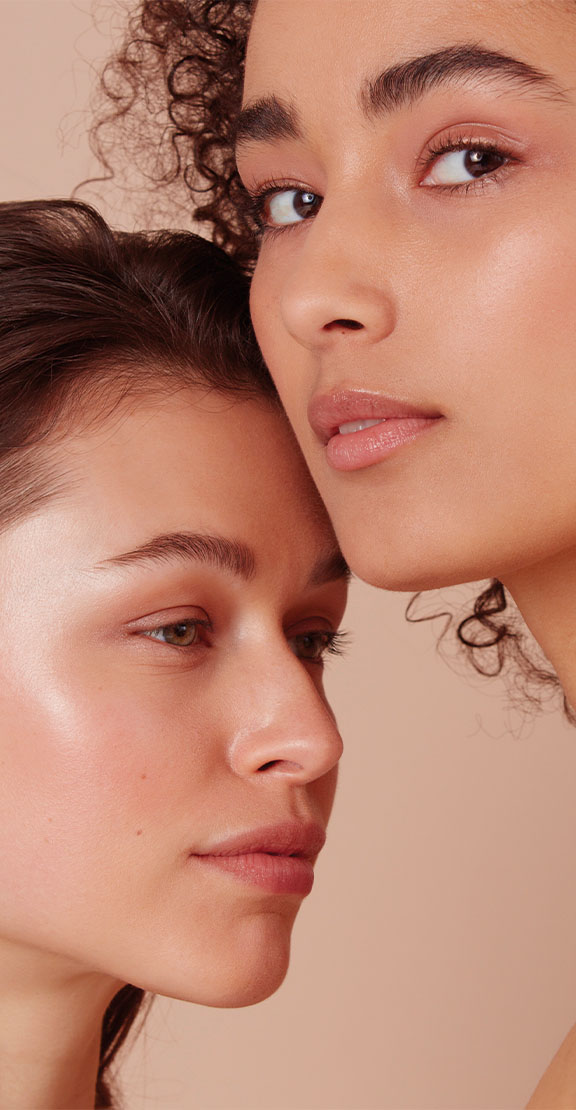
Do you want more skincare advice, tips and exclusive offers?
Sign up for our newsletter and become a Paula's Choice Member. Your benefits:
+ Welcome gift*
+ Exclusive deals*
+ Skincare advice
+ Birthday gift
Related products
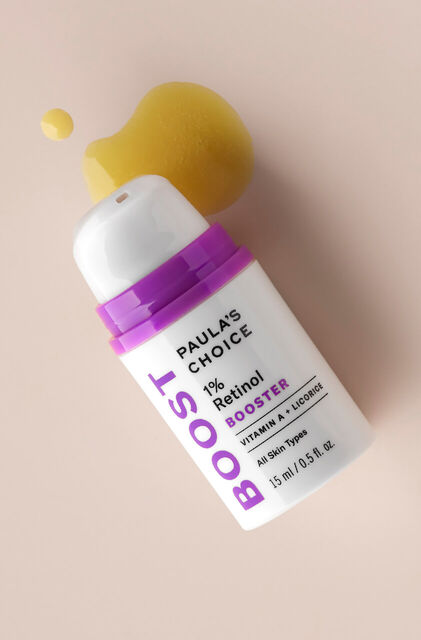
All skin types
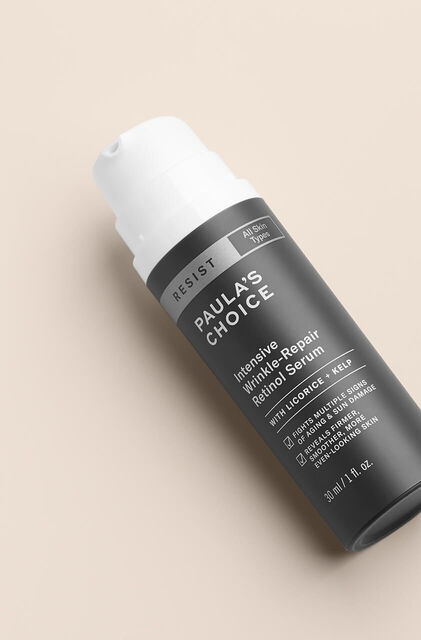
All skin types
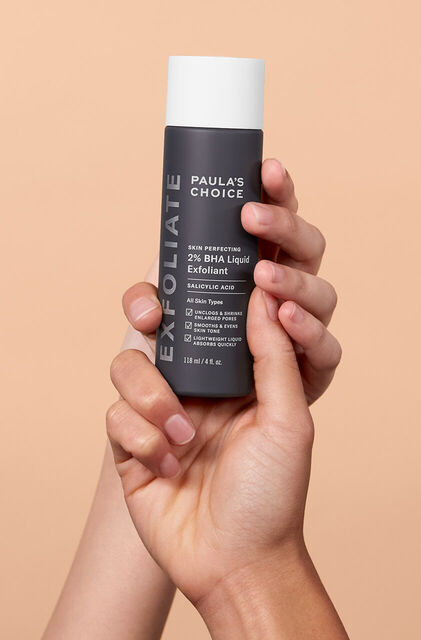
Combination skin, Oily skin

All skin types
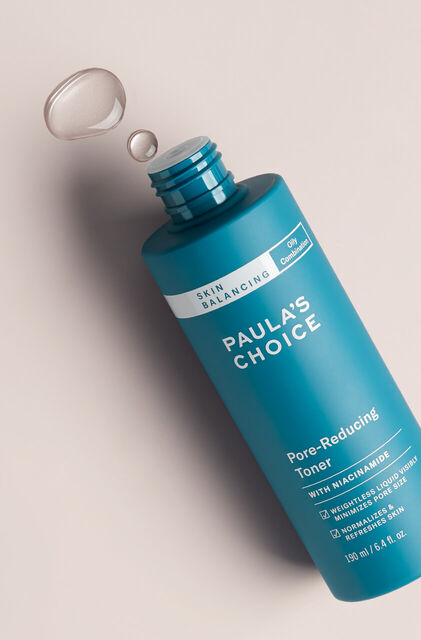
Combination skin, Oily skin
Customer Service
Need help with finding the right product for you skin? Our customer care team are skincare and product experts and can guide you to the best skin of your life.
Newsletter
Sign up for our newsletter to receive exclusive offers and expert skincare advice
How to Get Rid of Clogged Oil Glands on Face
Source: https://www.paulaschoice-eu.com/what-can-you-do-about-sebaceous-hyperplasia